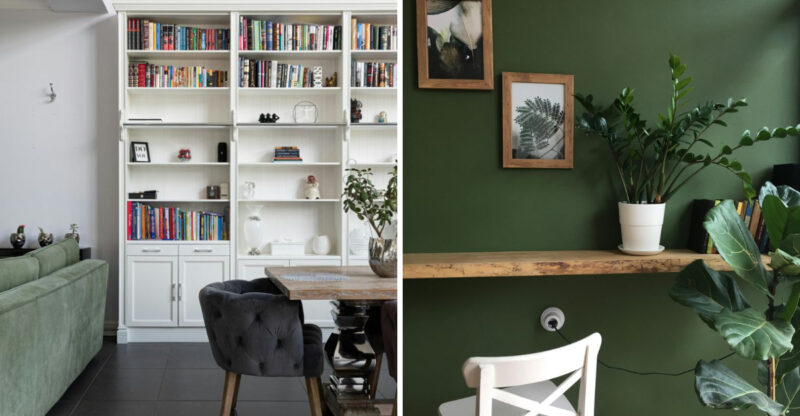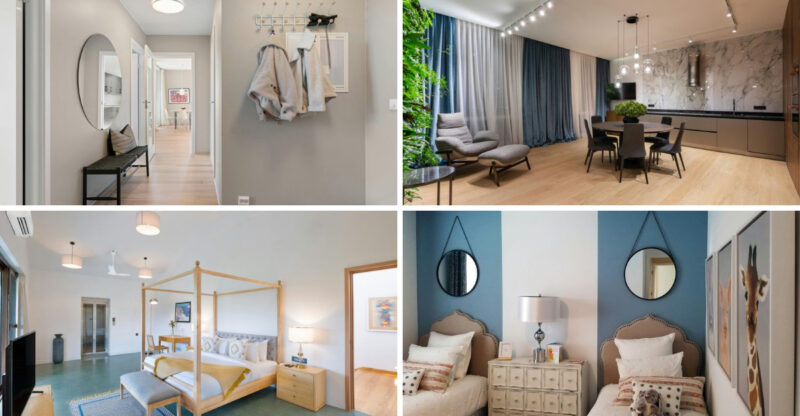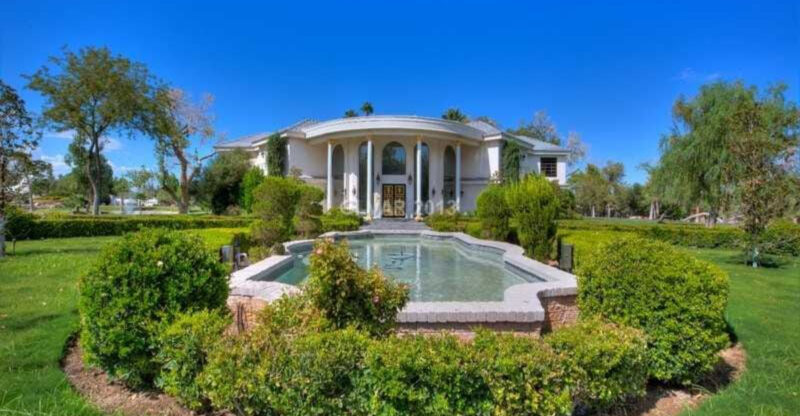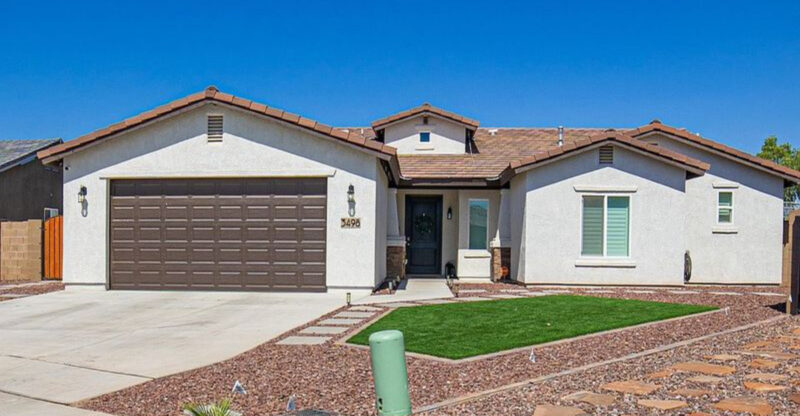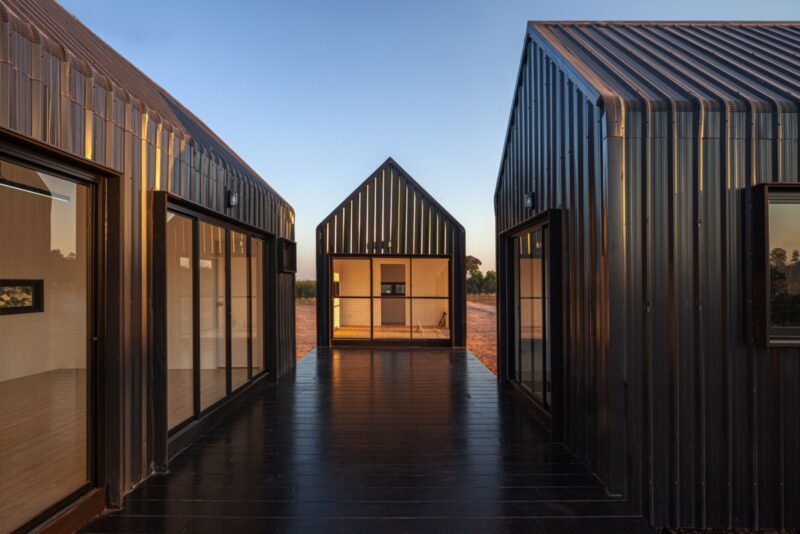11 House Styles Likely to Vanish in Massachusetts and 5 That Are Hard to Sell
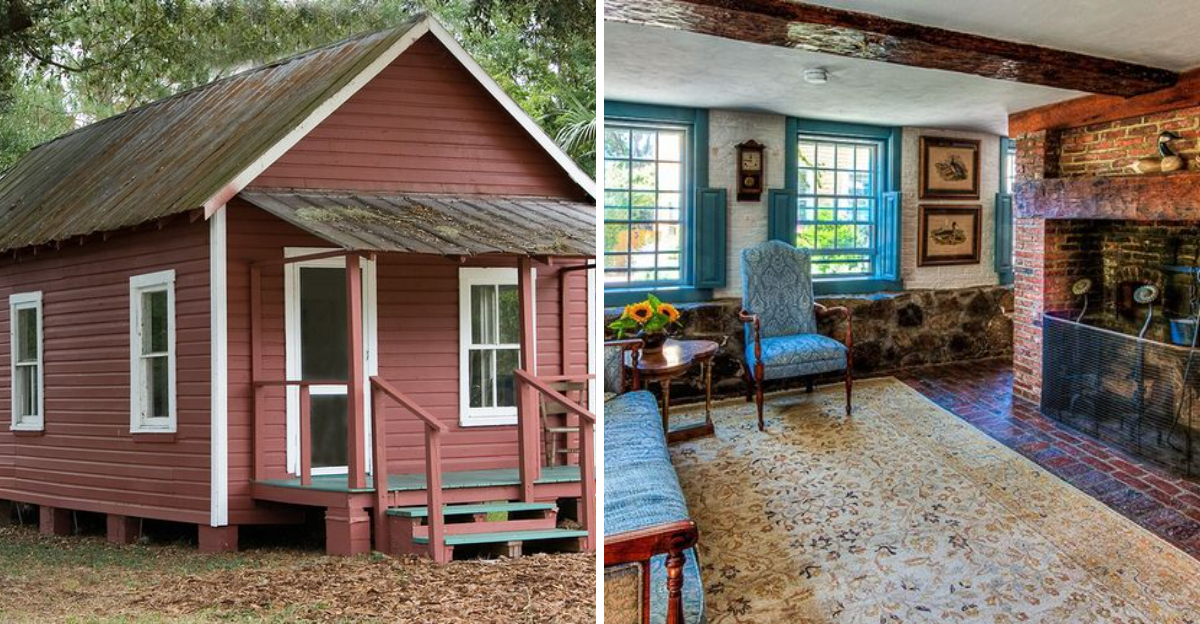
Massachusetts real estate is evolving faster than you can say ‘triple-decker.’ As a housing expert who’s trudged through more basements than I care to admit, I’ve watched certain architectural styles fade into obscurity while others struggle to find buyers. Some homes that once defined Bay State neighborhoods are disappearing due to maintenance costs, changing tastes, or simply being too quirky for modern living. Let’s explore which house styles are endangered species and which ones make potential buyers run for the hills!
1. Worker’s Cottages
These humble abodes once housed mill workers across industrial Massachusetts towns like Lowell and Lawrence. Now they’re vanishing faster than my patience at open houses!
Built small and simple with minimal ornamentation, these cottages typically feature steep roofs and compact floor plans under 1,000 square feet. The charm factor is high, but modern families want more space.
When I show these properties, buyers inevitably ask, “Where would I put my Peloton?” Fair question, friend. Unless preserved as historic landmarks, expect these modest homes to be torn down for larger builds.
2. Octagon Houses
You know what’s weirder than finding a square peg for a round hole? Finding buyers for eight-sided houses! These quirky 19th-century oddities were championed by phrenologist Orson Squire Fowler, who believed octagonal living promoted health and happiness.
Massachusetts once boasted dozens; now only a handful remain. The Longfellow House in Cambridge might be famous, but your average octagon home faces extinction.
I recently showed one in Westfield—the furniture arrangement was a geometric nightmare! With their unusual shapes and often outdated interiors, these architectural curiosities are fading from our landscape.
3. Second Empire Mansions
Nothing says “haunted house” quite like a Second Empire mansion with that signature mansard roof! These imposing Victorian-era beauties with their flat-topped, steep-sided roofs were all the rage in the 1860s-1880s.
Maintaining these architectural divas costs more than my first car. The ornate details, cupolas, and decorative brackets require specialized craftspeople who charge accordingly.
Many Massachusetts communities have lost these grand dames to neglect or demolition. When I bring clients to the remaining specimens, they whisper, “It’s gorgeous, but I’d need to win the lottery for upkeep.” Sadly, they’re right.
4. Shingle Style Cottages
The coastal darlings of the Gilded Age are becoming as rare as affordable beachfront property! These cedar-shingled beauties with their organic forms and sweeping porches once dotted Massachusetts shores from Cape Ann to the Islands.
Rising sea levels and hurricane insurance premiums have put these wooden wonders on the endangered list. Many smaller examples get torn down for modern coastal mansions with better flood resistance.
I adore showing these properties—nothing beats that weathered silver patina against an ocean backdrop! But when I explain the maintenance (re-shingling costs more than a college semester) and climate risks, buyer enthusiasm typically washes away with the tide.
5. Greek Revival Farmhouses
Once as common as Dunkin’ Donuts in Massachusetts, these stately white farmhouses with columned porticos are disappearing from our rural landscape. When farming declined, many lost their agricultural context and purpose.
The columns might scream “democracy,” but the heating bills whisper “bankruptcy.” These drafty temples to classical ideals feature high ceilings and minimal insulation—a nightmare for energy efficiency.
I recently sold one in the Berkshires after nine months on market. The buyer was a history professor who called it his “personal Parthenon.” Without preservation-minded owners like him, expect more to fall to the wrecking ball.
6. Stick Style Victorians
If gingerbread houses came in human size, they’d look like Stick Style Victorians! These wooden wonders with their exposed framing, diagonal braces, and more decorative trim than a Christmas tree were architectural rock stars in 1870s Massachusetts.
Now they’re architectural unicorns. The elaborate wooden decoration is catnip for rot, insects, and maintenance headaches.
I showed a beauty in Newton last spring—the owner had a separate savings account just for paint! “It’s $30,000 every five years,” she sighed. With climate change bringing more moisture and pests to New England, these ornate treasures face extinction unless preserved by historical societies.
7. Shotgun Houses
Rare in Massachusetts to begin with, these narrow homes where you could (theoretically) fire a shotgun through the front door and hit the back door without hitting a wall are nearly extinct in the Commonwealth.
Found primarily in working-class neighborhoods of Springfield and some coastal areas, these slim dwellings typically measure just 12 feet wide with rooms arranged in a straight line. No hallways, minimal privacy—not exactly what today’s buyers are looking for!
I showed one last year to twenty different buyers. Every single one asked, “Where would we put the TV?” Good question! Without serious reconfiguration, these space-challenged homes are disappearing fast.
8. Streamline Moderne
These sleek, curved beauties from the 1930s-40s look like buildings having an identity crisis—”Am I a building or a luxury ocean liner?” With their porthole windows, curved corners, and horizontal lines, they brought Art Deco flair to Massachusetts.
Now they’re vanishing faster than my hair line. The specialized materials and curved glass are nearly impossible to replace affordably when damaged.
I listed a Streamline gem in Waltham last year—three potential buyers loved it until contractors quoted renovation costs. “It’s cheaper to build new!” they exclaimed. Without preservation protections, these rounded rarities will continue their journey to extinction.
9. Connected Farmsteads
Only in New England would someone think, “Let’s connect the house to the barn so I don’t have to trudge through snow to milk cows!” These rambling connected farmsteads—house attached to ell attached to shed attached to barn—were practical genius for harsh Massachusetts winters.
Now they’re white elephants. Modern families don’t need 6,000 square feet of connected structures or places to store hay.
I sold one in central Mass last year after 340 days on market. The new owner immediately asked, “Can I legally demolish the barn portion?” These massive compounds require too much maintenance and repurposing for today’s lifestyles, making them endangered architectural species.
10. Carpenter Gothic Cottages
Imagine Victorian flair applied with a jigsaw and you’ll picture these wooden wonders! Carpenter Gothic cottages with their pointed arches, steep gables, and decorative bargeboards were once scattered across Massachusetts towns.
Today, they’re fading faster than my enthusiasm for fixer-uppers. The intricate wooden trim (which my contractor friends call “wood lace”) requires artisanal skills to repair—skills that are increasingly rare and expensive.
I showed an adorable example in the Berkshires last fall. The potential buyer gasped at its charm, then fainted at the restoration quote. Without dedicated craftspeople willing to maintain them, these fairytale cottages will continue their march toward extinction.
11. Triple-Deckers
Hold onto your three-family hats! While still numerous in Boston, Worcester, and other cities, the iconic triple-decker is facing an identity crisis. These three-story wooden apartment buildings housed generations of immigrants climbing the economic ladder.
Many are being converted to condos, gutted for luxury renovations, or demolished for larger developments. The original purpose—affordable housing with an owner living on one floor while renting out the others—is increasingly rare.
I’ve sold dozens, and the buyers almost always say, “We’re converting it to a single-family.” While they won’t physically vanish, their cultural role as stepping stones for newcomers is disappearing with each high-end renovation.
12. Mid-Century Split-Levels
Oh, the Brady Bunch houses of Massachusetts suburbs! These 1950s-60s split-levels with their half-flights of stairs and partially submerged basements once represented the height of postwar modern living.
Now they’re architectural awkward teenagers. The choppy floor plans with their not-quite-ranch, not-quite-two-story identity confuse today’s open-concept-obsessed buyers.
I listed a pristine example in Lexington last year. Despite perfect condition, buyers kept saying, “But we’d have to remove all these walls…” Preservation efforts focus on high-style mid-century homes, leaving these everyday examples vulnerable to teardowns as land values exceed structure values in desirable suburbs.
13. McMansions
Plot twist! These massive status symbols from the 1990s-2000s housing boom are already struggling in the Massachusetts market. Buyers are horrified by the heating bills for these 5,000+ square foot beasts with their mismatched architectural elements and cavernous foyers.
I recently showed a McMansion in Wellesley where the primary bathroom was bigger than my first apartment! The potential buyers whispered, “But do we need two staircases and a three-story entryway?”
Environmental consciousness and rising energy costs make these inefficient giants increasingly difficult to sell. Their cheap construction is also hitting the age where major systems need replacement—at not-so-cheap prices.
14. Converted Industrial Lofts
Remember when everyone wanted to live in a former textile mill? The industrial chic trend that transformed Massachusetts mill buildings into exposed-brick apartments is losing steam faster than a Victorian radiator.
The problems? Astronomical heating costs, noise issues from those gorgeous but inefficient windows, and layouts that look better on Instagram than they function in real life.
I’ve had clients walk into these spaces exclaiming, “I love the aesthetic!” only to call me a week later whispering, “Where would I put my bed that’s not visible from the kitchen?” As energy costs rise and the novelty wears off, these challenging spaces are becoming harder to move.
15. Underground Houses
Earth-sheltered homes seemed like the future during the 1970s energy crisis. These partially buried dwellings promised energy efficiency and harmony with nature. Massachusetts has a handful of these Hobbit-like creations, mostly in the western counties.
Try getting a mortgage on one! Lenders run screaming like they’ve seen a ghost. Insurance companies aren’t fans either.
I listed one in the Berkshires that took 26 months to sell despite being priced at land value. The buyer was an eccentric professor who called it his “academic burrow.” Without significant upgrades to address moisture issues and outdated systems, these earth-hugging homes face extinction—ironically being reclaimed by the very earth they embrace.
16. Tiny Houses
The trend that took HGTV by storm has crashed harder in Massachusetts than a Patriots fan’s hopes after Brady left. These micro-dwellings under 400 square feet face massive hurdles: zoning laws that don’t recognize them, few legal places to park them, and our brutal winters.
I’ve had exactly one tiny house listing. Seventeen showings yielded zero offers despite the bargain price.
“Where would I put my snow boots?” asked one potential buyer, pointing out the obvious storage issue. Despite their eco-friendly appeal, Massachusetts regulations and climate make tiny houses a tough sell unless permanently installed on a legal lot—which defeats their affordability advantage.
17. Antique Colonials Without Updates
Nothing makes buyers run for the hills faster than a 1700s Colonial that’s “maintained its historic integrity”—realtor-speak for “no updates since Jefferson was president.” These Massachusetts time capsules with their tiny rooms, microscopic closets, and prehistoric kitchens languish on market.
I recently showed a 1740s beauty in Concord. The potential buyers loved the history until they realized the kitchen had one electrical outlet and the bathroom featured a clawfoot tub—and nothing else.
“Where would I charge my phone?” asked one bewildered millennial. Without substantial modernization of kitchens, baths, and systems while preserving historic features (a financial tightrope walk), these treasures become white elephants.


